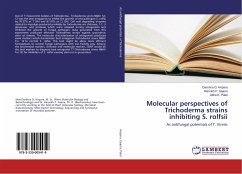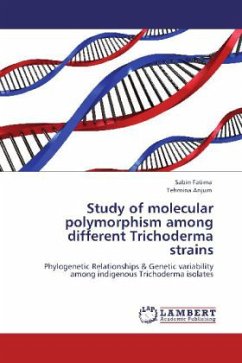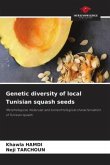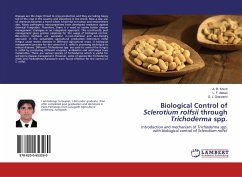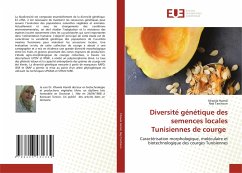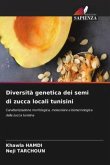Out of 11 biocontrol isolates of Trichoderma , Trichoderma virens NBAII Tvs 12 was the best antagonist to inhibit the growth of test pathogen S. rolfsii by 76.37% at 7 DAI and 87.91% at 12 DAI. Cell wall degrading enzymes related to mycolysis produced probably by Trichoderma are chitinase, -1, 3 glucanase, and protease which were released during antagonism and inhibited the growth of fungal pathogen. Data generated from this experiment produced effective Trichoderma strains against groundnut stem rot disease. The molecular characterization of antagonists produced some markers which discriminate best antagonist Trichoderma virens NBAII Tvs 12 to control S. rolfsii. This tool might be allow more efficient formulations to control fungal pathogens with eco-friendly way. Among the biochemical markers, chitinase and molecular markers, SRAP would be the best markers to diagnose best antagonist T7 (Trichoderma virens NBAII Tvs 12) for inhibition of S. rolfsii causing stem rot in groundnut

